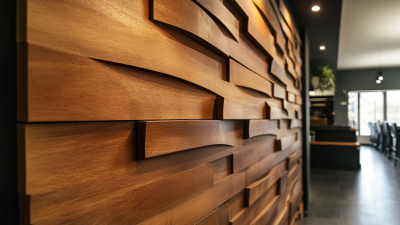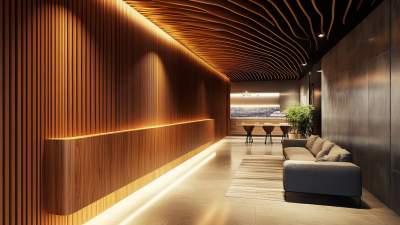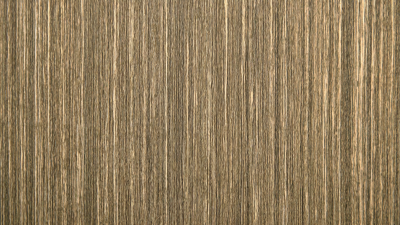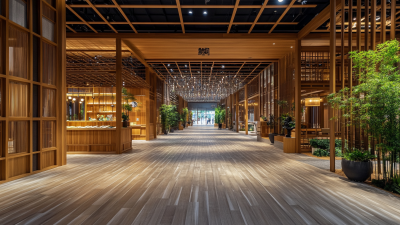Shandong Xiangying New Materials Technology Co., Ltd.
Shandong Xiangying New Materials Technology Co., Ltd.
Choosing the right WPC (Wood Plastic Composite) Exterior Wall Panel for your building project is crucial for ensuring durability, aesthetic appeal, and cost-effectiveness. According to recent industry reports, the global WPC market is projected to reach $10.4 billion by 2025, driven by the increasing demand for sustainable building materials. The advantages of WPC Exterior Wall Panels include their resistance to moisture, insects, and decay, making them an excellent choice for various climate conditions. Additionally, these panels offer design flexibility and can be manufactured in a variety of colors and textures, catering to innovative architectural trends. As the construction industry moves towards more eco-friendly solutions, understanding the features, benefits, and specifications of WPC Exterior Wall Panels will empower builders and architects to make informed decisions that enhance both the functionality and visual appeal of their projects.
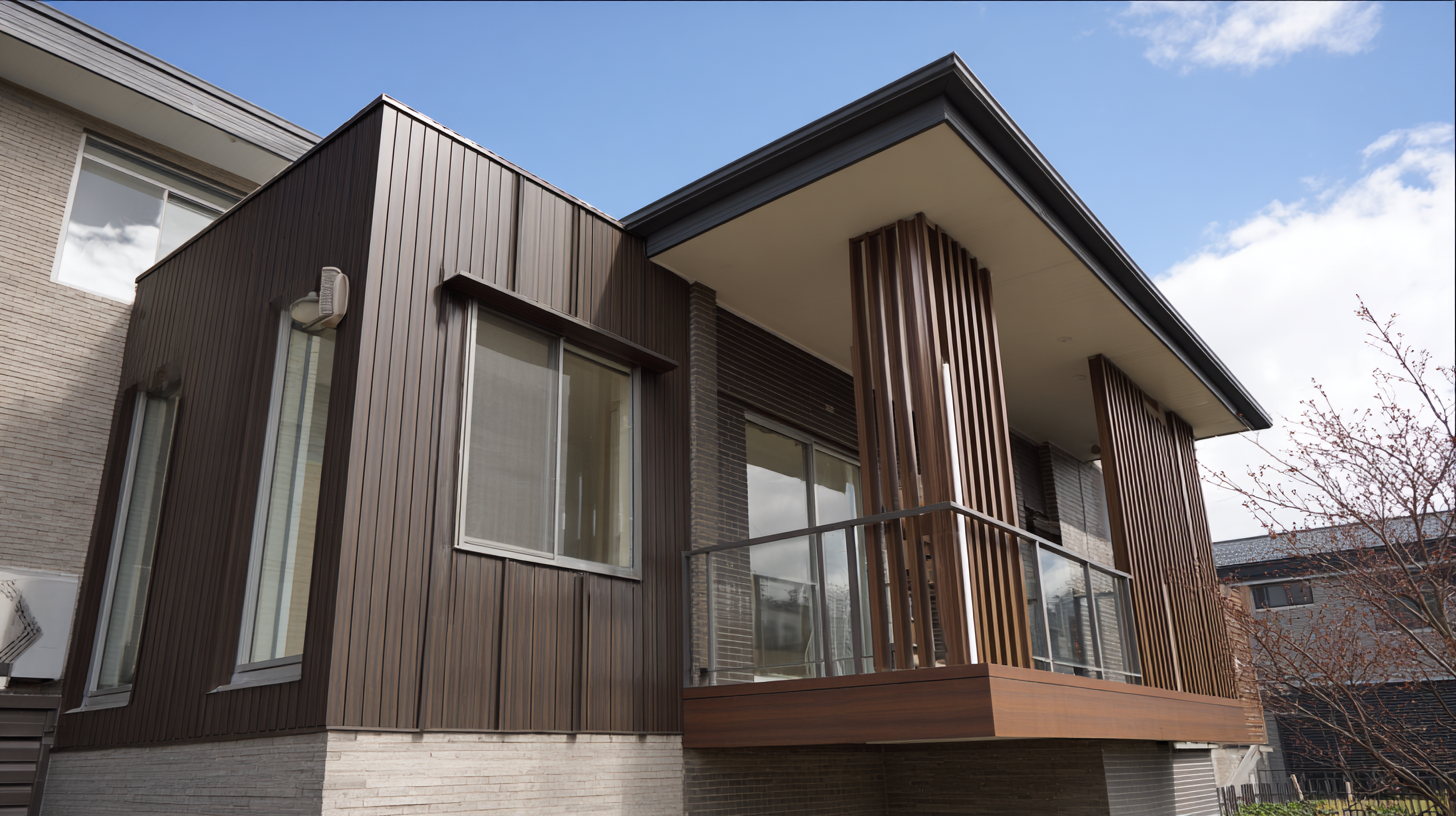
When selecting the right WPC (Wood Plastic Composite) exterior wall panel for your building project, it’s essential to understand the various types available in the market. WPC panels can typically be categorized into three main types: solid, hollow, and composite. Solid WPC panels are known for their durability and resistance to environmental factors, making them an ideal choice for areas prone to moisture and harsh weather conditions. They provide structural integrity while minimizing maintenance needs.
On the other hand, hollow WPC panels are lightweight and easier to handle, making them suitable for projects where weight reduction is a priority. These panels are often used in applications requiring less structural strength but still benefit from the aesthetic appeal of wood-like finishes. Lastly, composite panels combine different materials, enhancing performance characteristics such as thermal insulation and soundproofing, catering to specific project requirements. Understanding these variations ensures that you can make an informed choice that aligns with both your aesthetic desires and functional needs.
When selecting the right wood-plastic composite (WPC) exterior wall panels for your building project, evaluating durability and weather resistance is critical. WPC panels are designed to withstand various environmental conditions, making them an appealing option for exterior applications. Their unique composition, which combines wood fibers with plastic, provides enhanced resistance to moisture, rot, and insect damage compared to traditional wood materials. It’s essential to look for panels that are specifically engineered to endure harsh weather conditions, including extreme temperatures and heavy rainfall.
Another factor to consider is the manufacturer's warranty and the panel's certification for weather resistance. Many reputable brands provide warranties that reflect the long-term durability of their products, which can offer peace of mind for builders and homeowners alike. Additionally, look for panels that have been rigorously tested for UV stability, ensuring that the color and integrity of the material are maintained over time. By carefully evaluating these aspects, you can choose WPC panels that will not only meet aesthetic preferences but also perform reliably throughout their lifespan in varying weather conditions.
This bar chart compares the durability and weather resistance ratings of different types of WPC exterior wall panels.
When selecting the right WPC (Wood Plastic Composite) exterior wall panels for your building project, aesthetic appeal and design versatility are critical factors to consider. These panels come in a wide range of colors, textures, and finishes, allowing you to create a visually striking facade that enhances the overall architectural style of your building. Whether you are aiming for a modern, rustic, or contemporary look, WPC panels can easily adapt to your desired aesthetic.
Tips for choosing the right design include considering the surrounding landscape and building materials. For a cohesive look, ensure that the color and texture of your WPC panels complement the existing elements of your project. Additionally, explore panel configurations—such as horizontal or vertical installations—to find the best fit for your vision. Experimenting with different styles can enhance the visual dynamics of your building.
Another important aspect is the versatility of design. WPC panels can be used in creative ways, such as accent walls or combining different colors and finishes for a unique appearance. This flexibility allows for personalized touches that can set your project apart. Keep in mind the maintenance and longevity of materials, ensuring that the chosen panels not only look great but also withstand the test of time.
When budgeting for your building project, it’s essential to compare the costs of using WPC (Wood Plastic Composite) exterior wall panels with traditional materials like wood, vinyl, or brick. WPC panels offer a cost-effective solution due to their durability and low maintenance requirements. While the initial investment may be slightly higher than some traditional materials, the long-term savings in maintenance and replacement costs can make WPC a more economical choice.
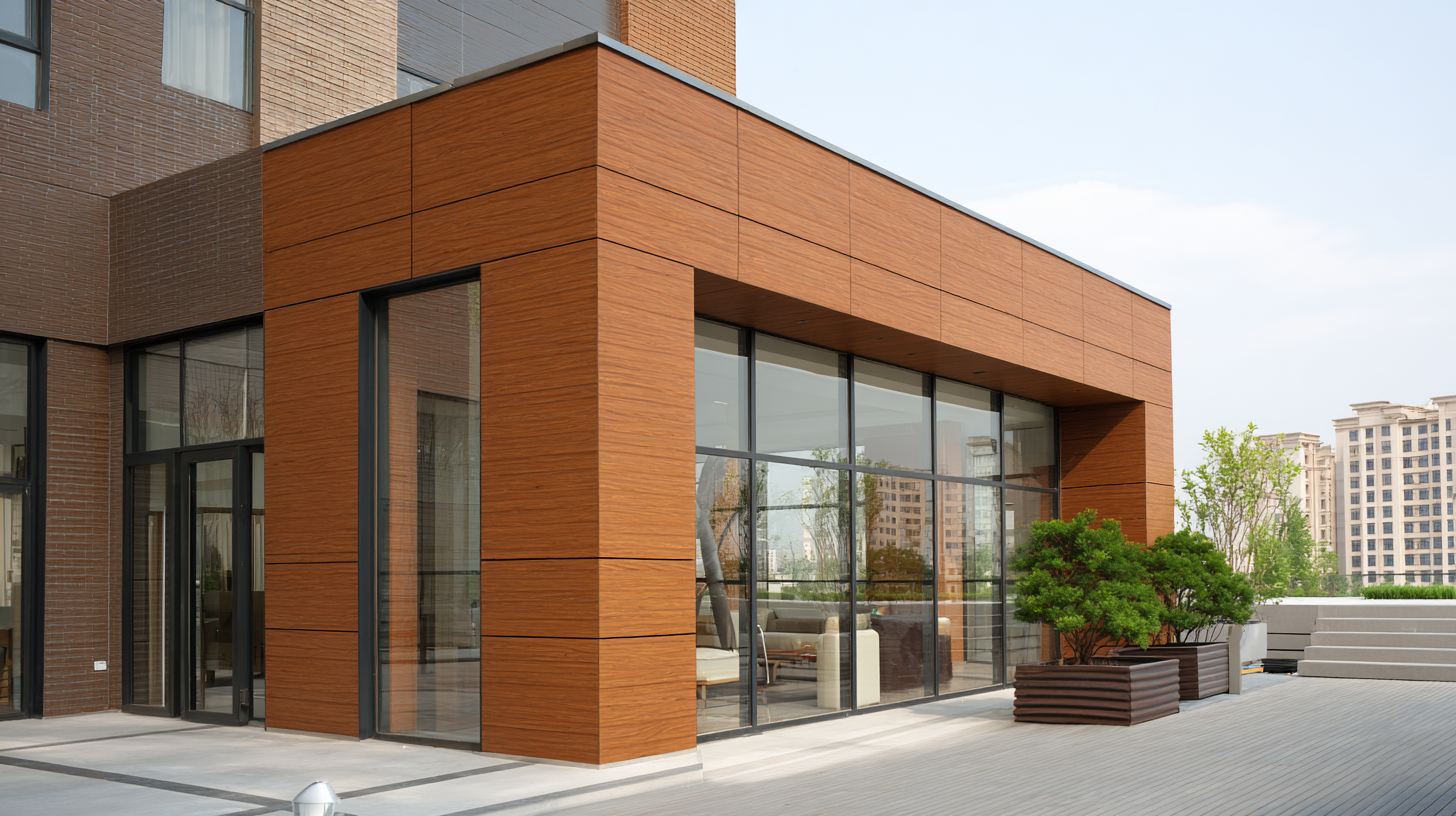
In addition to purchase price, consider other factors like labor costs, project lifespan, and environmental impact. WPC panels are lightweight, which can reduce installation time and associated labor expenses. Moreover, they are resistant to rot and insect damage, minimizing future repairs. When analyzing the overall budget, include these long-term benefits, as they contribute to the total cost of ownership and can greatly influence your final decision on material selection for your building project.
When selecting WPC (Wood Plastic Composites) exterior wall panels for your building project, sustainability should be a top consideration. According to a report by the American Society for Testing and Materials (ASTM), WPC materials can reduce reliance on virgin wood by utilizing recycled plastics and wood fibers, which helps decrease overall resource consumption. This not only aids in conserving forests but also reduces plastic waste, making WPC an environmentally friendly choice. Additionally, a Life Cycle Assessment (LCA) published in the Journal of Cleaner Production indicates that WPC products have a lower carbon footprint compared to traditional materials, highlighting their potential for sustainable construction.
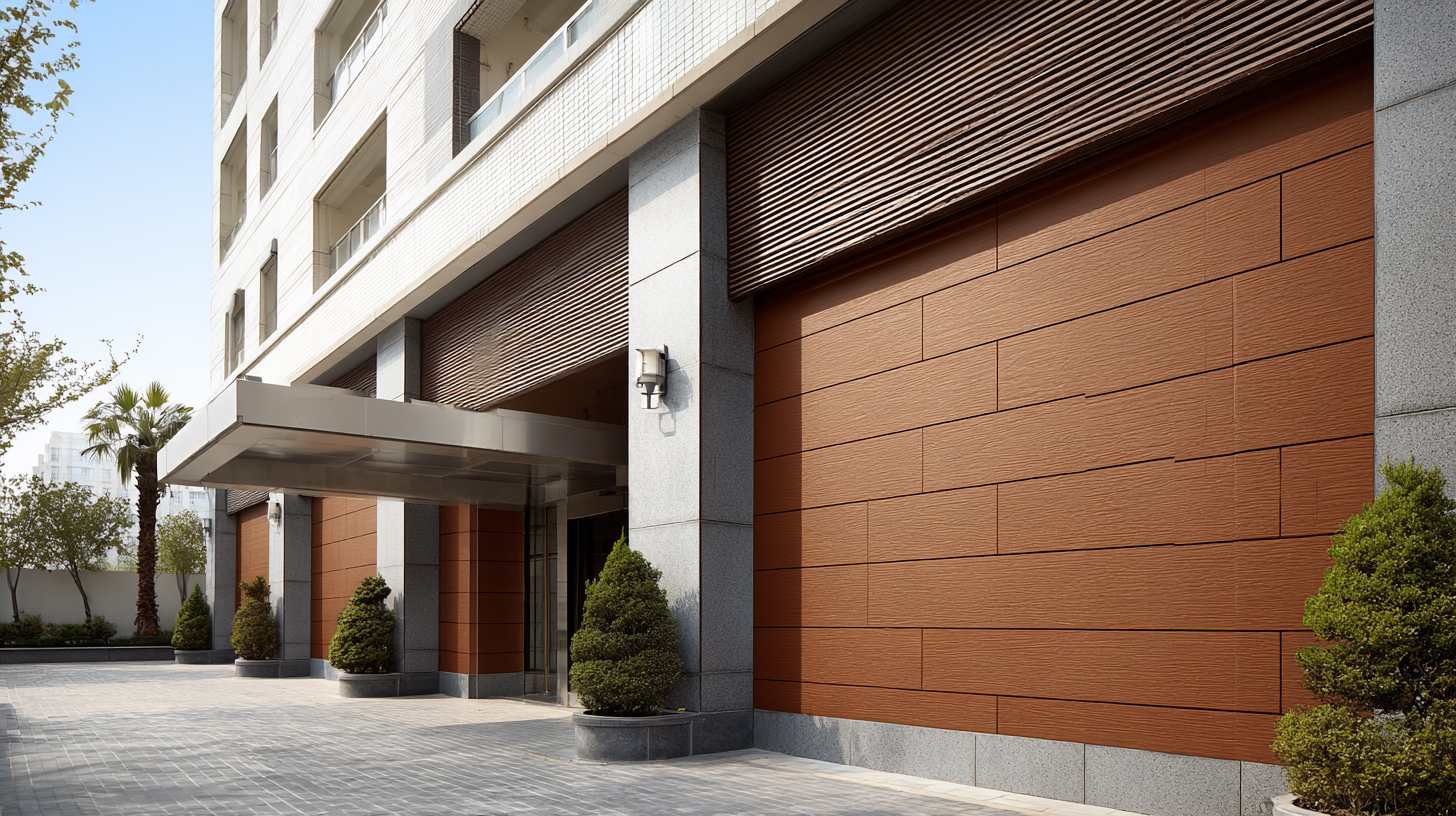
Furthermore, when evaluating the sustainability of WPC wall panels, it is crucial to consider their durability and maintenance requirements. A study by the Forest Products Laboratory found that WPC panels have a lifespan that exceeds that of conventional wood, with resistance to common environmental stresses such as moisture, pests, and UV radiation. This longevity significantly contributes to sustainability, as it reduces the frequency of replacement and the associated resource use. In terms of energy efficiency, WPC panels have demonstrated superior insulation properties, which can lead to reduced energy consumption in buildings, aligning with green building standards such as LEED (Leadership in Energy and Environmental Design). Choosing sustainable WPC wall panels not only supports eco-friendly construction but also enhances the long-term viability and performance of a building.

